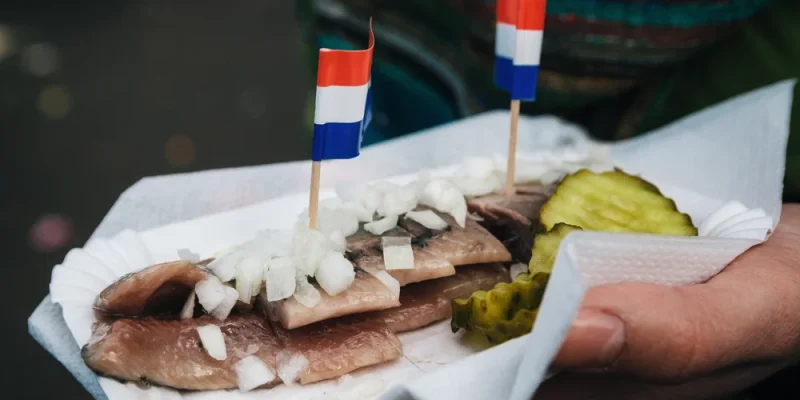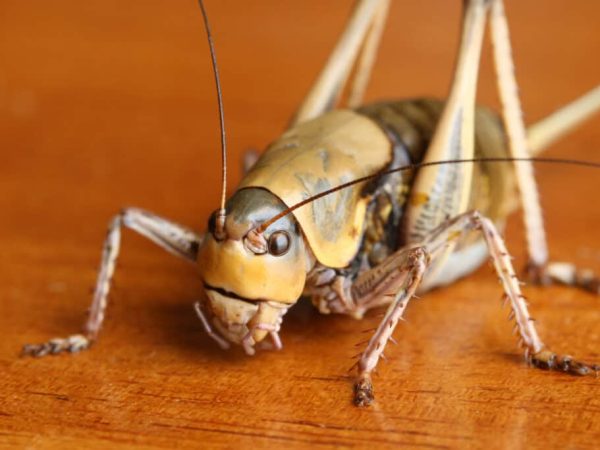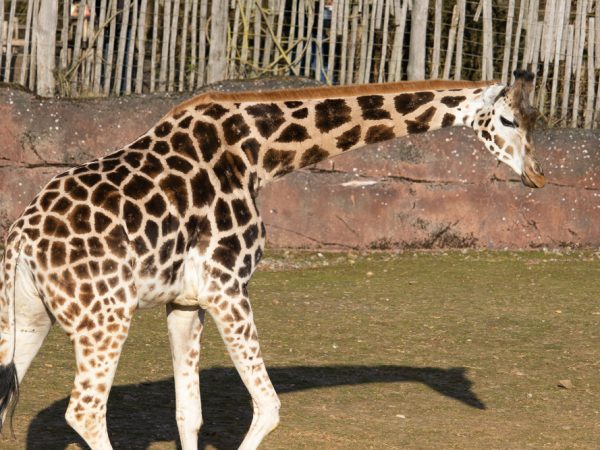Dutch Herring Discovery: 10 Mind-Blowing Reasons It’s a Global Favorite

This Dutch Herring is much more than a tasty fish—it’s a symbol of tradition, sustainability, and cultural identity. From its humble beginnings as a key part of the Dutch economy to its current status as a global delicacy, it has captivated taste buds and hearts worldwide. With its rich history, unique flavor, and numerous health benefits, it’s no wonder that this herring continues to be a global favorite. Whether enjoyed in a sandwich, at a festival, or on its own, this dish offers a one-of-a-kind experience that connects people across cultures.
Dutch Herring Has a Rich History Spanning Centuries
This type of herring has a history that dates back to the 14th century, making it not just a dish but a culinary tradition steeped in heritage. Herring fishing and preservation were critical to the rise of the Dutch economy during the Golden Age. The innovative method of curing herring by Dutch fisherman Willem Beukelszoon revolutionized the industry, enabling the fish to be preserved for long periods, making it a staple not just in the Netherlands but across Europe.
Dutch Herring Offers a Unique Taste Experience
The flavor of this fish is unlike any other. It has a delicate balance of sweetness and saltiness, thanks to the unique curing process it undergoes. Caught at the peak of its fat content, the result is a creamy, melt-in-your-mouth texture. Whether enjoyed with onions, pickles, or on its own, it provides a taste experience that is nothing short of extraordinary.
Dutch Herring Is a Nutritional Powerhouse
Beyond its delightful taste, this fish is packed with nutrients. It’s an excellent source of omega-3 fatty acids, which are essential for heart health. These fatty acids help reduce inflammation, lower blood pressure, and improve cardiovascular health. Additionally, it is rich in vitamins D and B12, as well as essential minerals like selenium and iodine, contributing to better brain function, stronger bones, and improved immune health.
Dutch Herring Is Sustainably Sourced
Sustainability is an increasingly important factor in global cuisine, and this herring excels in this area. The fish used is sustainably caught, with methods that help maintain healthy populations and minimize damage to marine ecosystems. Dutch fishermen adhere to strict quotas and regulations, ensuring the stock remains plentiful for future generations. This commitment to sustainability makes it a popular choice among environmentally conscious consumers worldwide.
Dutch Herring Celebrates National Tradition: Vlaggetjesdag
One of the most unique aspects of this herring is how it’s celebrated in the Netherlands. Each year, the arrival of the first barrel of Hollandse Nieuwe is marked by a national celebration known as Vlaggetjesdag (Flag Day). This festival, held in Scheveningen, includes events such as parades, music, and plenty of tastings. Vlaggetjesdag is a celebration of Dutch heritage and maritime culture, showcasing how deeply rooted this herring is in the national consciousness.
Dutch Herring Is a Versatile Ingredient
This herring is not just for purists who enjoy it raw with onions and pickles. It’s also an incredibly versatile ingredient, used in a variety of dishes. From salads to sandwiches, it can be incorporated into numerous recipes, adding its rich flavor and nutritional value. Its versatility and adaptability to different culinary traditions make it a favorite globally.
Dutch Herring Is a Symbol of Dutch Identity
For many, this herring is more than just a snack—it’s a symbol of national identity. Eating it is a cultural ritual that dates back hundreds of years. It connects people to their past, reminding them of the importance of the sea and the maritime industry in Dutch history. This fish represents simplicity, tradition, and sustainability, making it a must-try cultural experience for tourists.
Dutch Herring Has Global Influence and Popularity
The influence of this herring extends far beyond the borders of the Netherlands. Over the centuries, traders introduced it to various parts of Europe, and its popularity grew. Today, this delicacy can be found in specialty stores and fish markets worldwide. Countries like Germany, Sweden, and Japan have incorporated herring into their cuisines, although it remains the gold standard.
Dutch Herring’s Seasonality Adds to Its Appeal
One reason this herring remains so beloved is its seasonality. It is only available during a specific time of year, typically between May and July. This limited window adds to the excitement, as herring lovers eagerly anticipate the start of the season. The restricted availability creates a sense of exclusivity, making it even more desirable.
Dutch Herring Creates a Shared Culinary Experience
Eating this herring is often a communal activity enjoyed with friends and family. In the Netherlands, people gather around fish stalls, sharing herring and bonding over the simple pleasure of good food. Whether during Vlaggetjesdag or a casual visit to a fish market, this herring brings people together, making it a true cultural and culinary treasure.
Conclusion
This Dutch Herring is much more than a tasty fish—it’s a symbol of tradition, sustainability, and cultural identity. From its humble beginnings as a key part of the Dutch economy to its current status as a global delicacy, it has captivated taste buds and hearts worldwide. With its rich history, unique flavor, and numerous health benefits, it’s no wonder that this herring continues to be a global favorite. Whether enjoyed in a sandwich, at a festival, or on its own, this dish offers a one-of-a-kind experience that connects people across cultures.
FAQs
Q1. What is herring?
It refers to a type of herring caught and cured in the Netherlands. It is lightly salted and fermented, resulting in a unique flavor and texture.
Q2. How is herring traditionally eaten?
It is typically eaten raw, served with chopped onions and pickles. It’s often held by the tail and eaten whole, though it can also be sliced and served in sandwiches or salads.
Q3. When is herring season?
The season typically runs from May to July. This is when the herring is at its best, having reached peak fat content and flavor.
Q4. Is herring healthy?
Yes, it is very healthy. It’s rich in omega-3 fatty acids, vitamins D and B12, and essential minerals. It’s also low in calories and high in protein, making it a nutritious addition to any diet.
Q5. Can I find herring outside of the Netherlands?
Yes, it is available in many countries around the world, especially in Europe. Specialty stores and fish markets often carry it, and in some places, it’s a popular ingredient in local dishes.
Also read: Famous Dutch Artists: The Ultimate Guide to 10 Who Pushed Boundaries in Art











